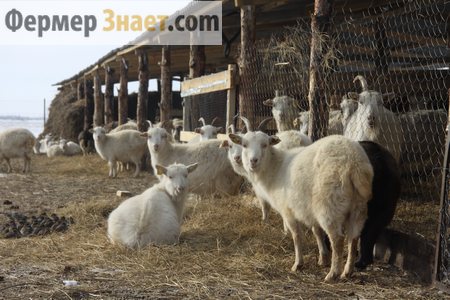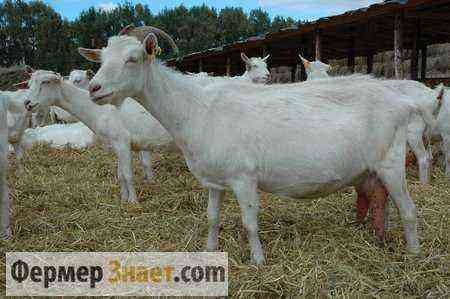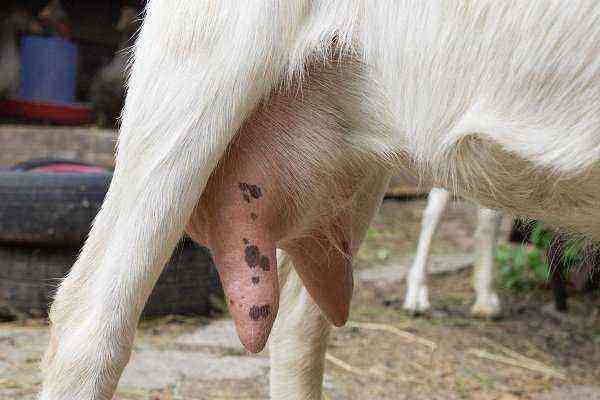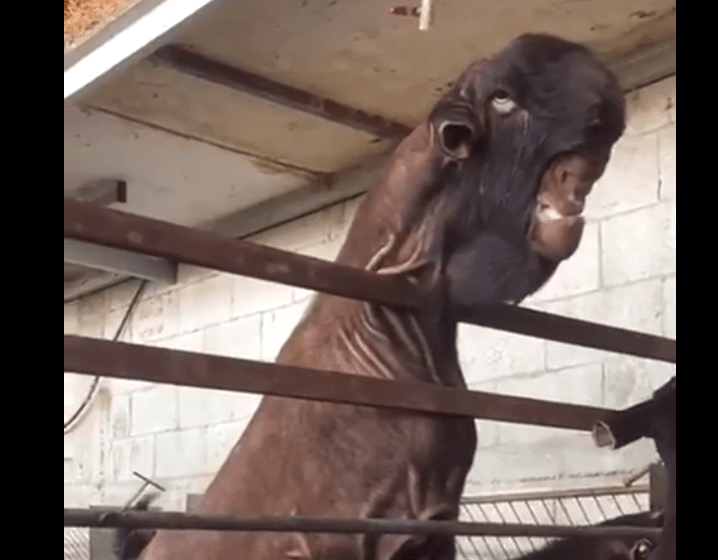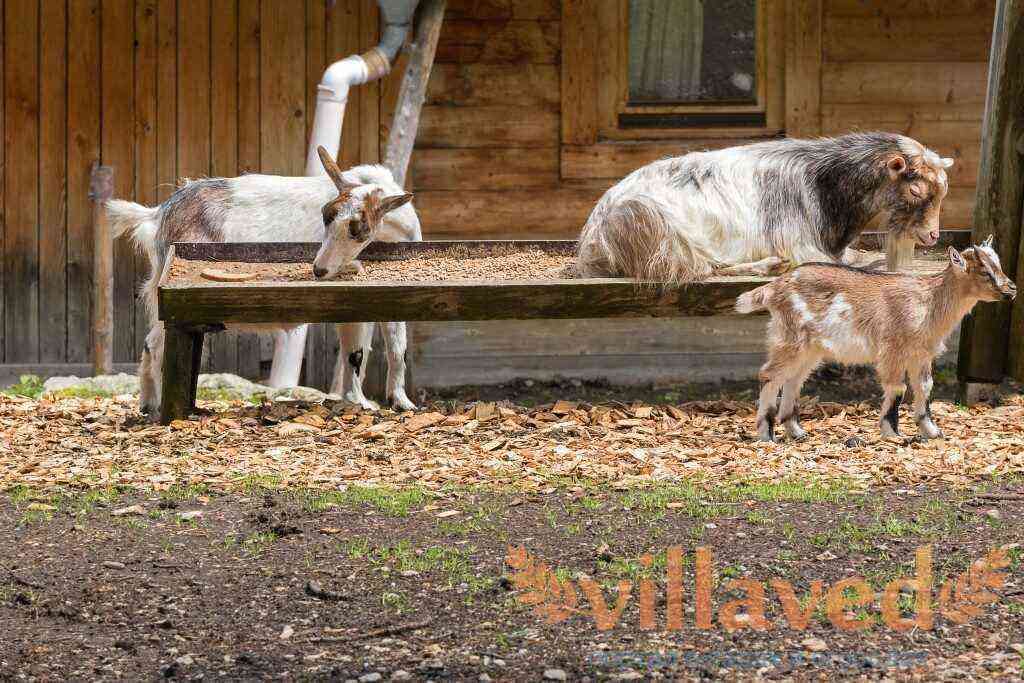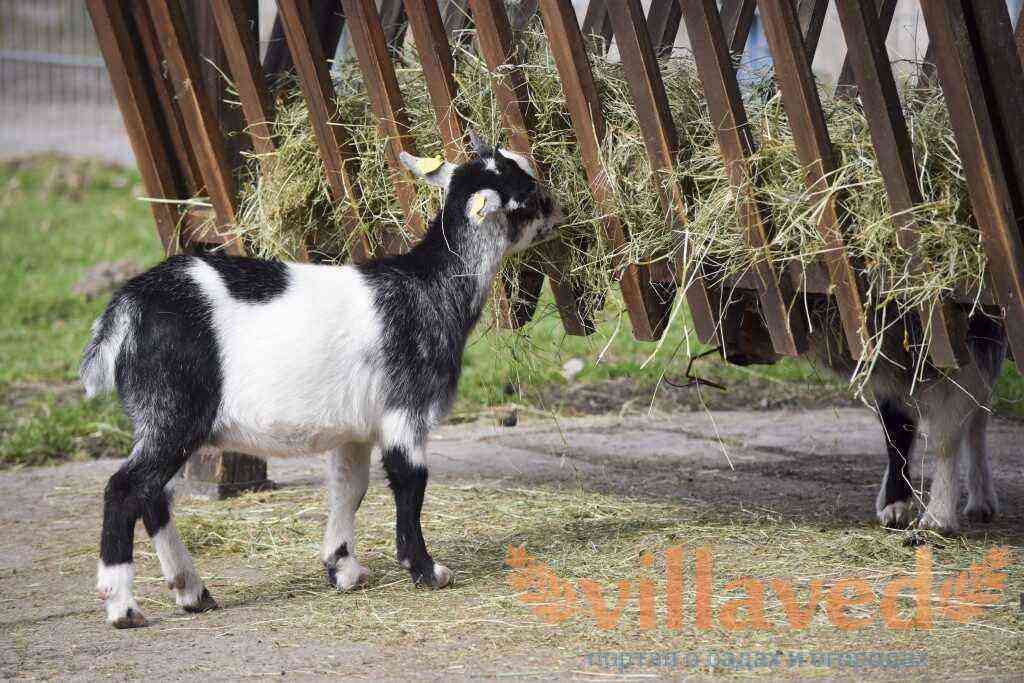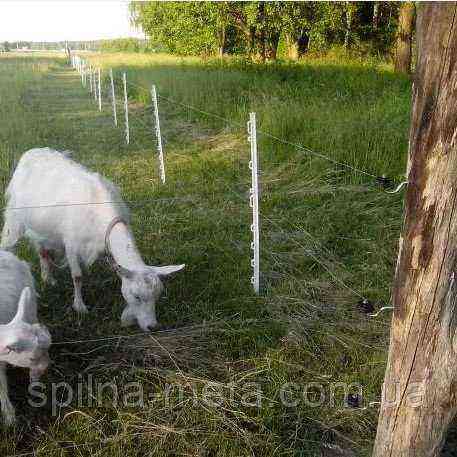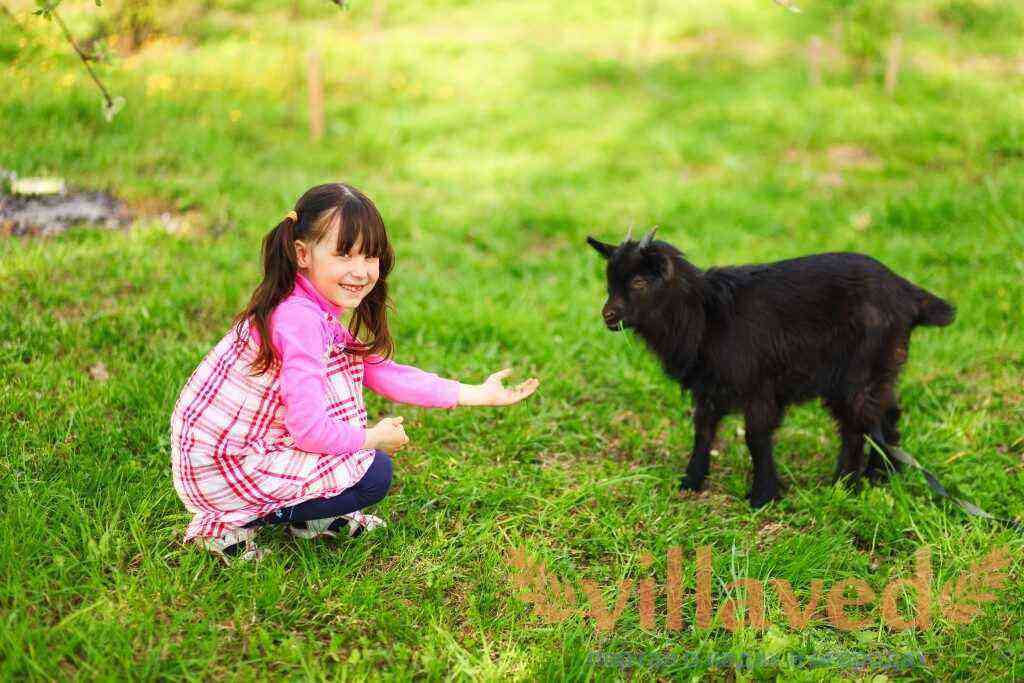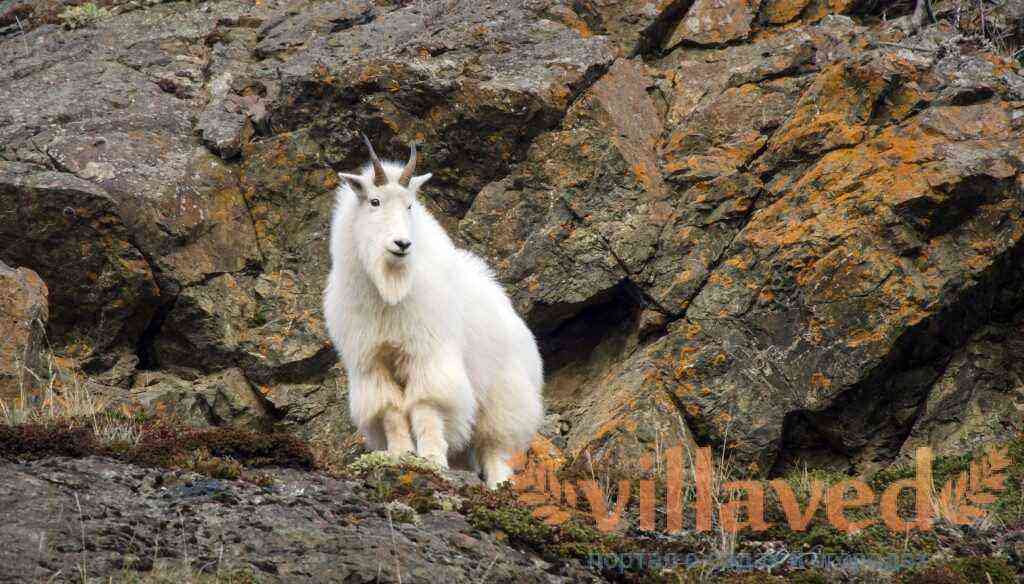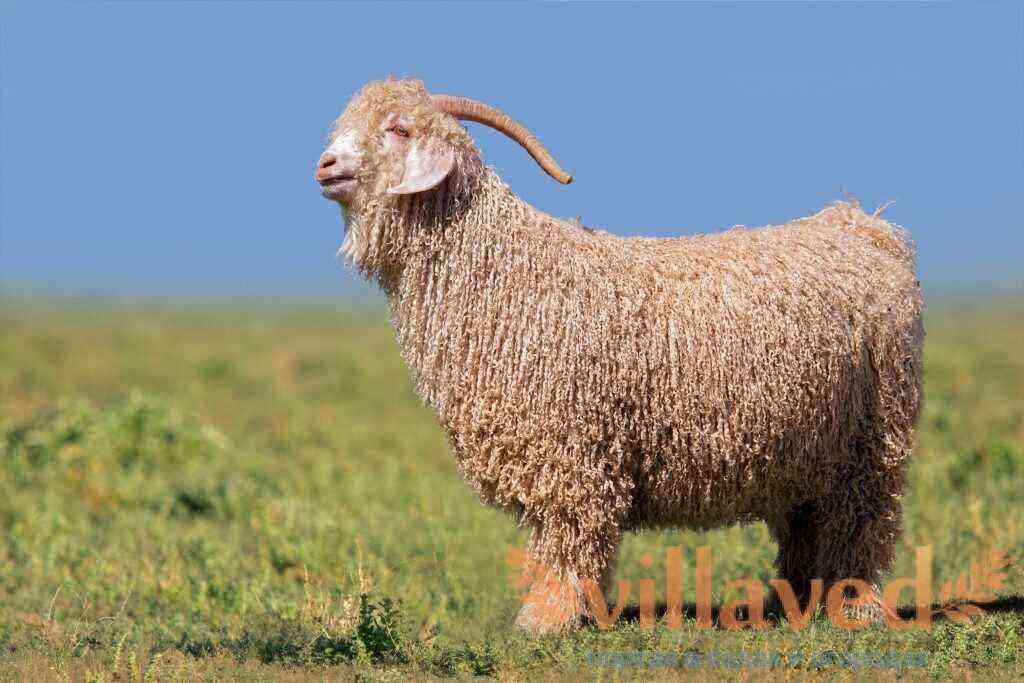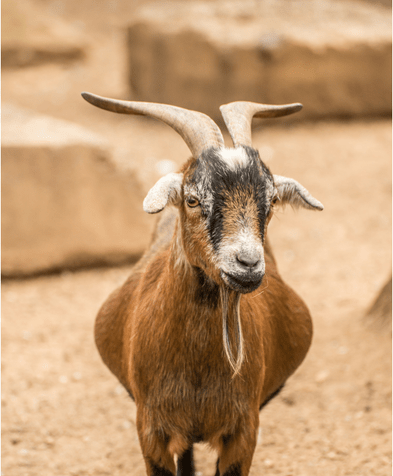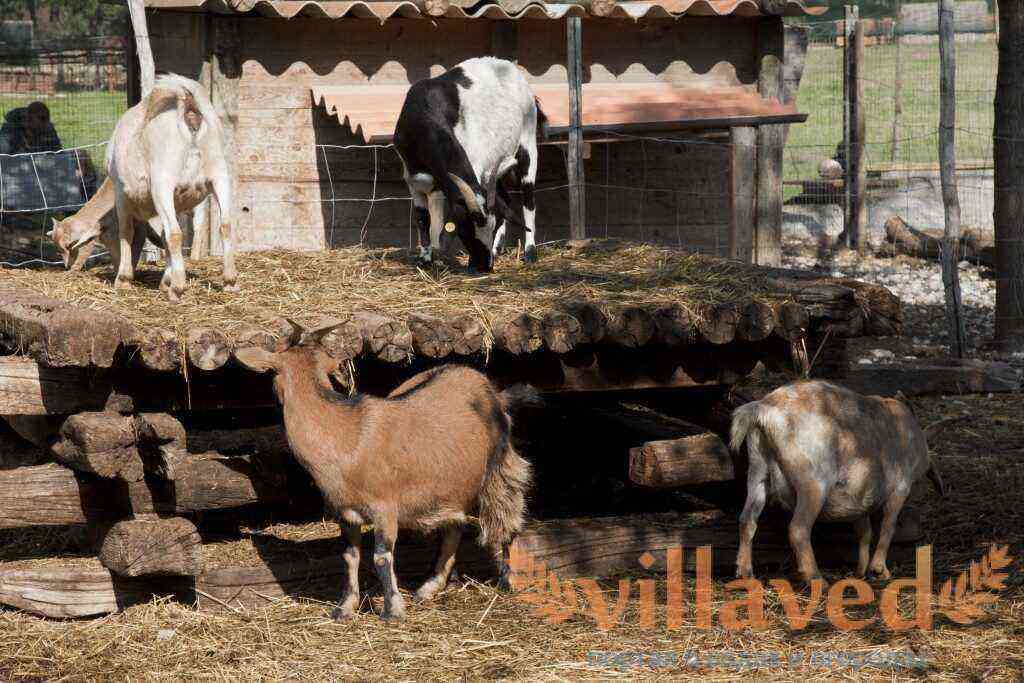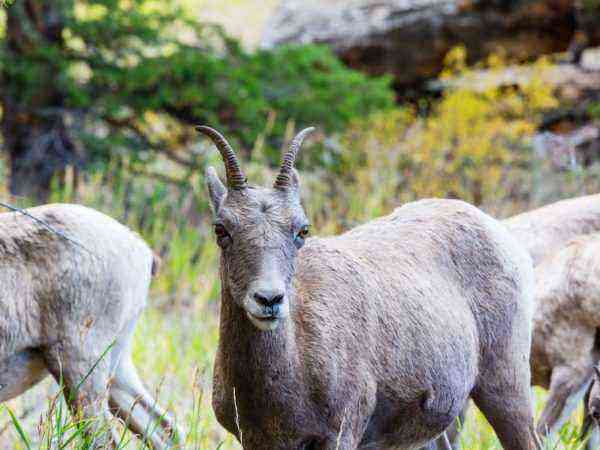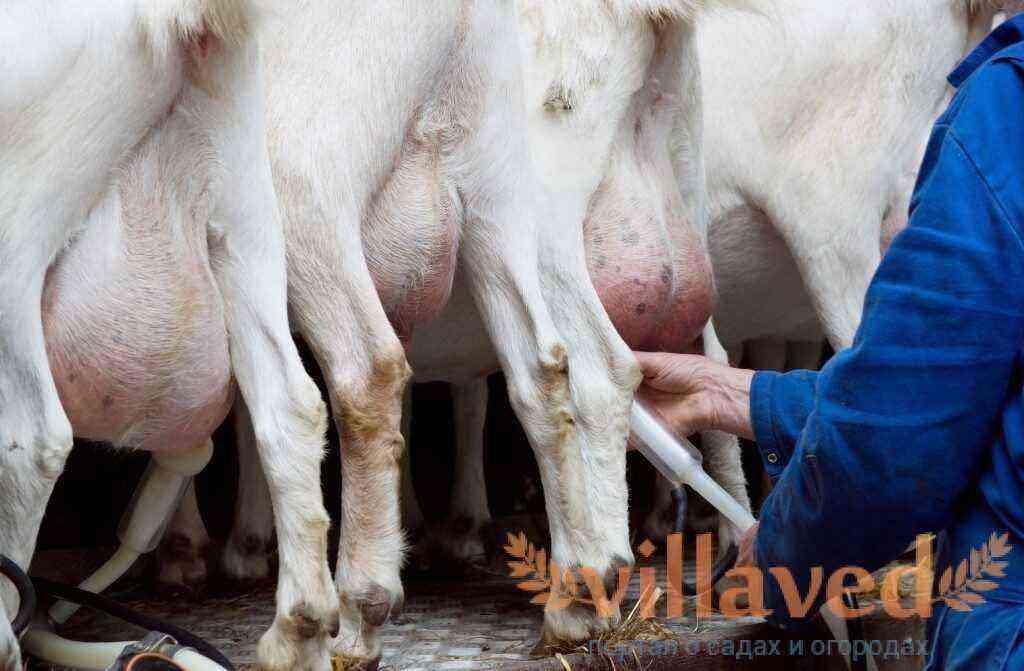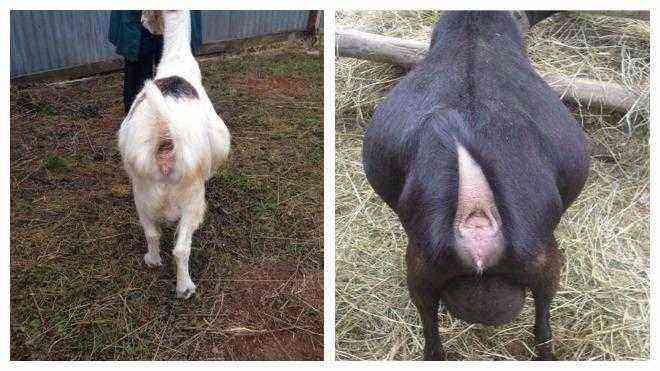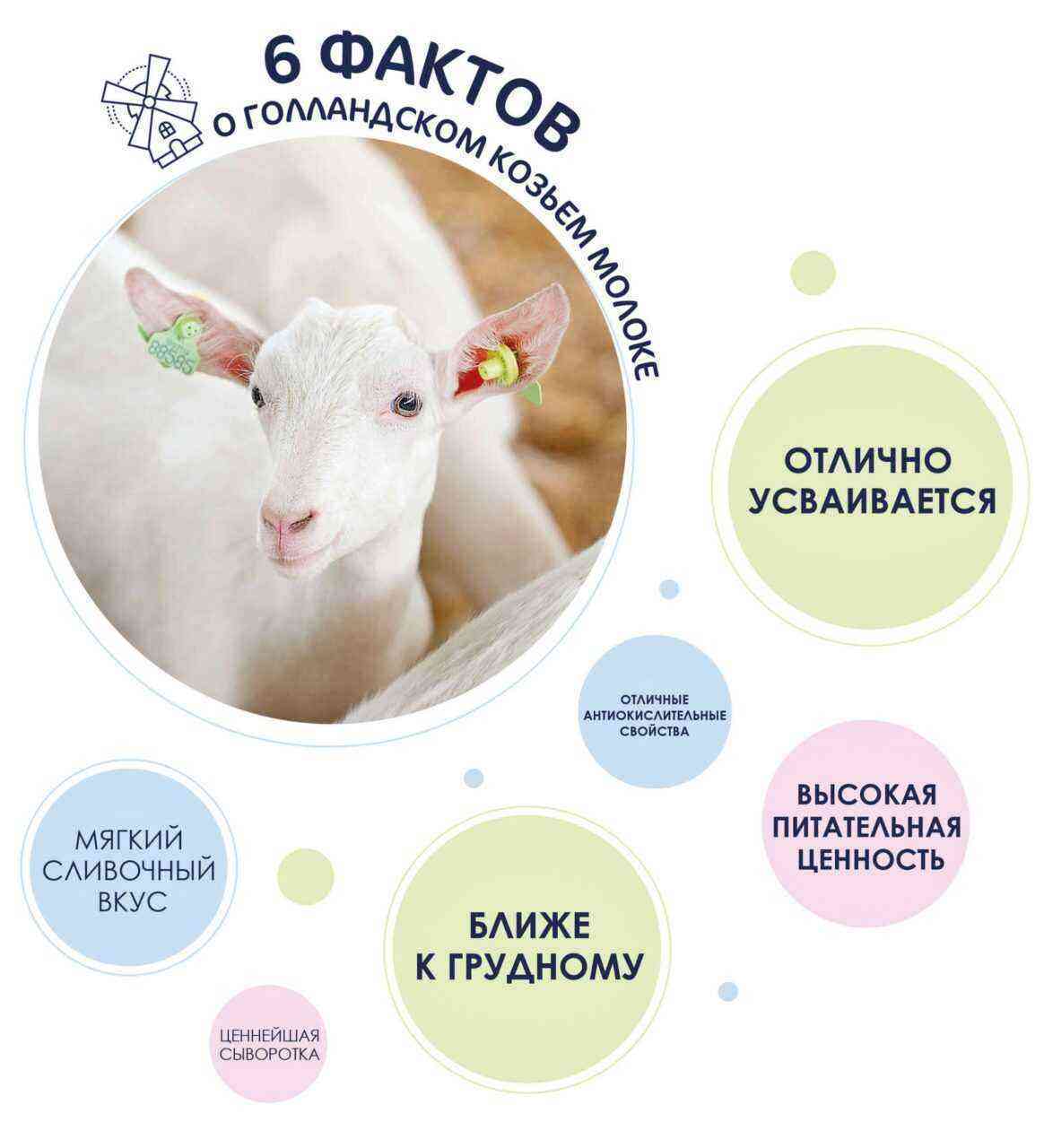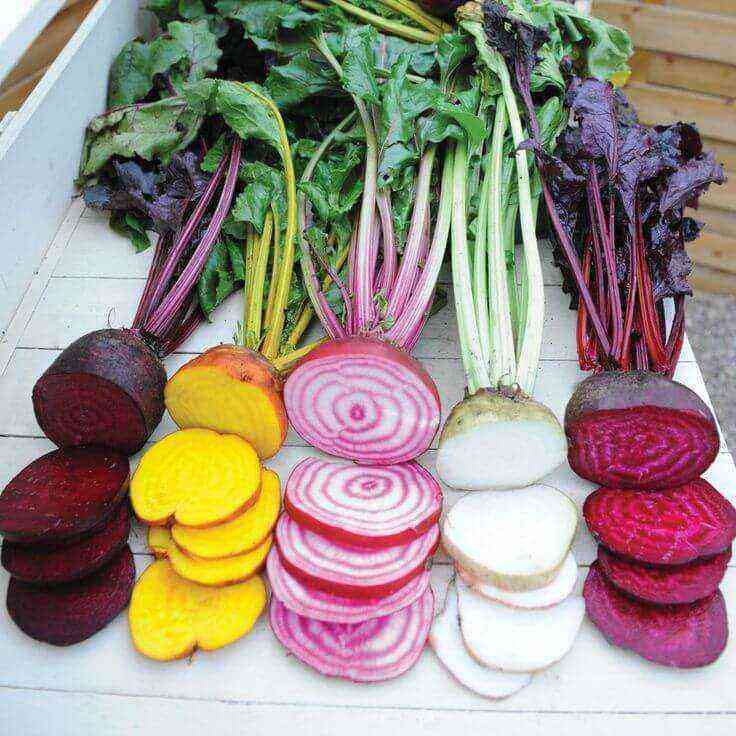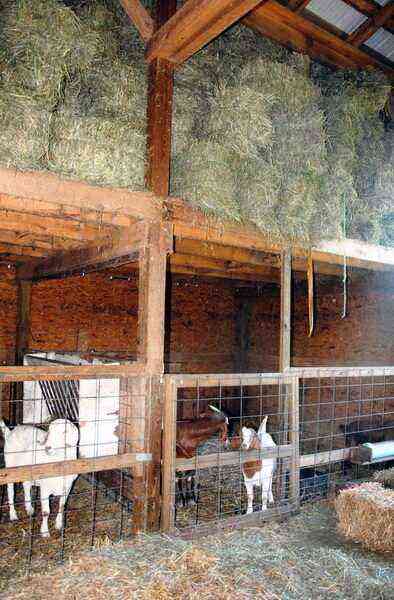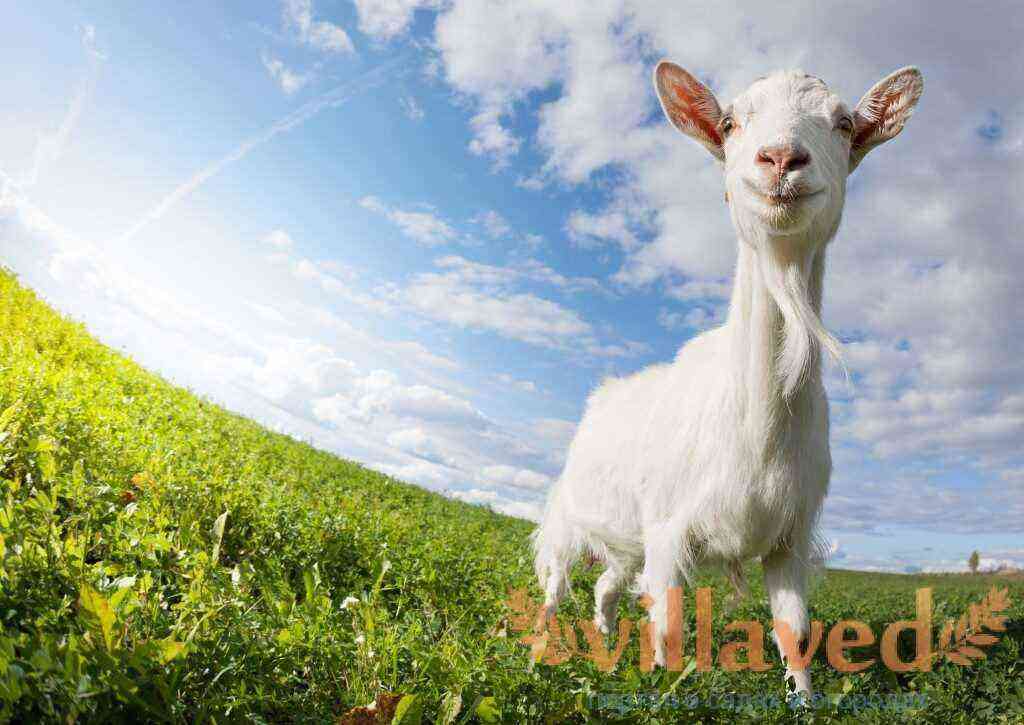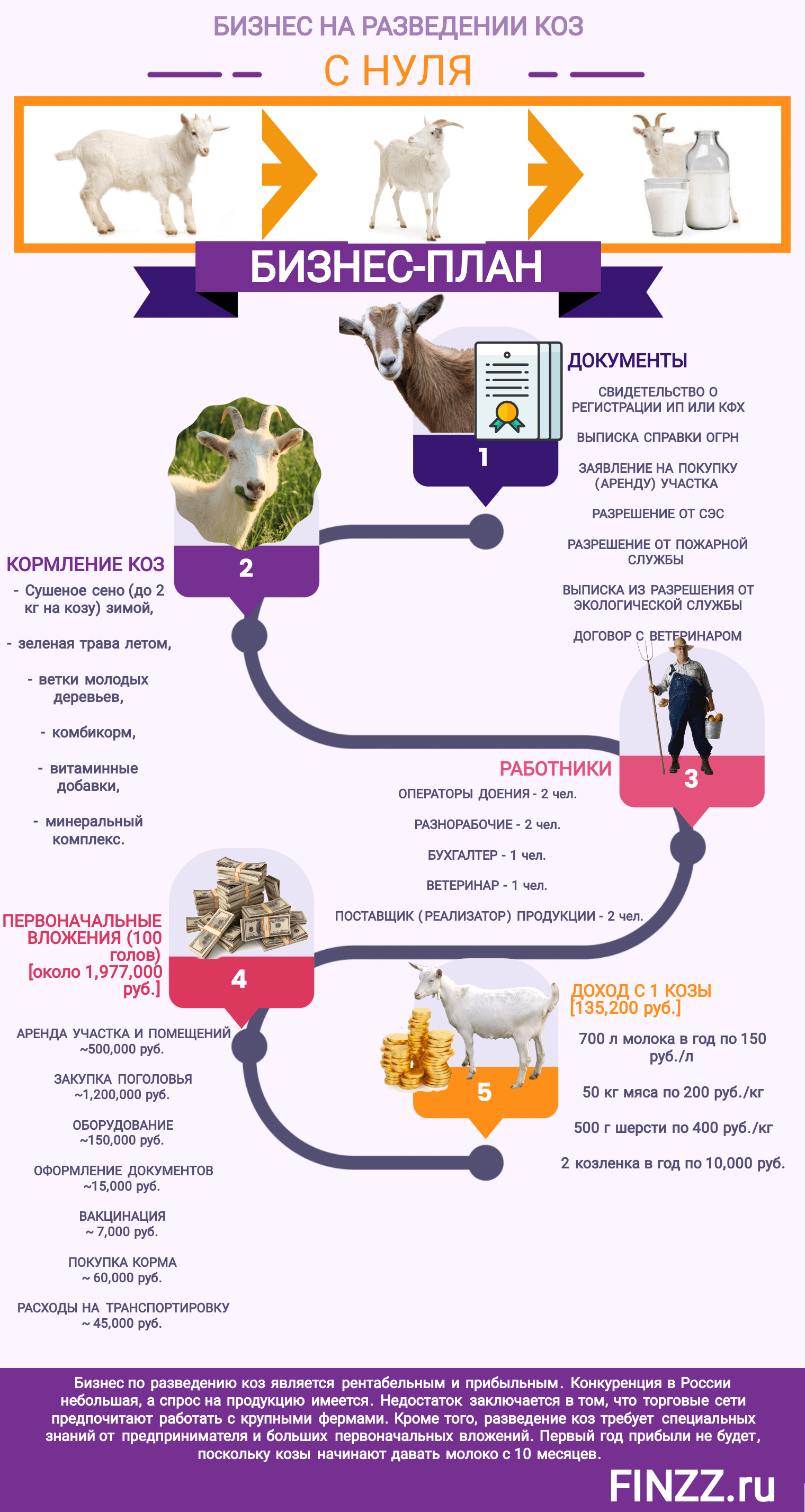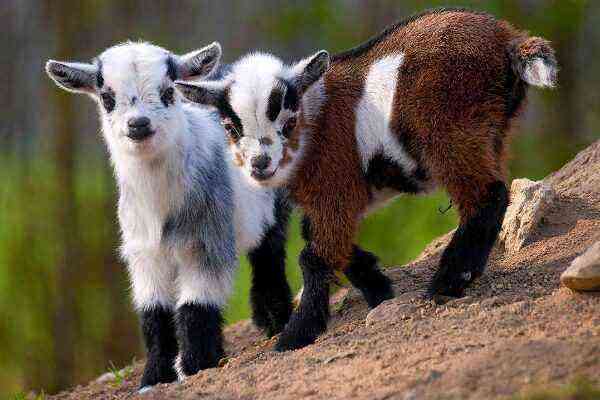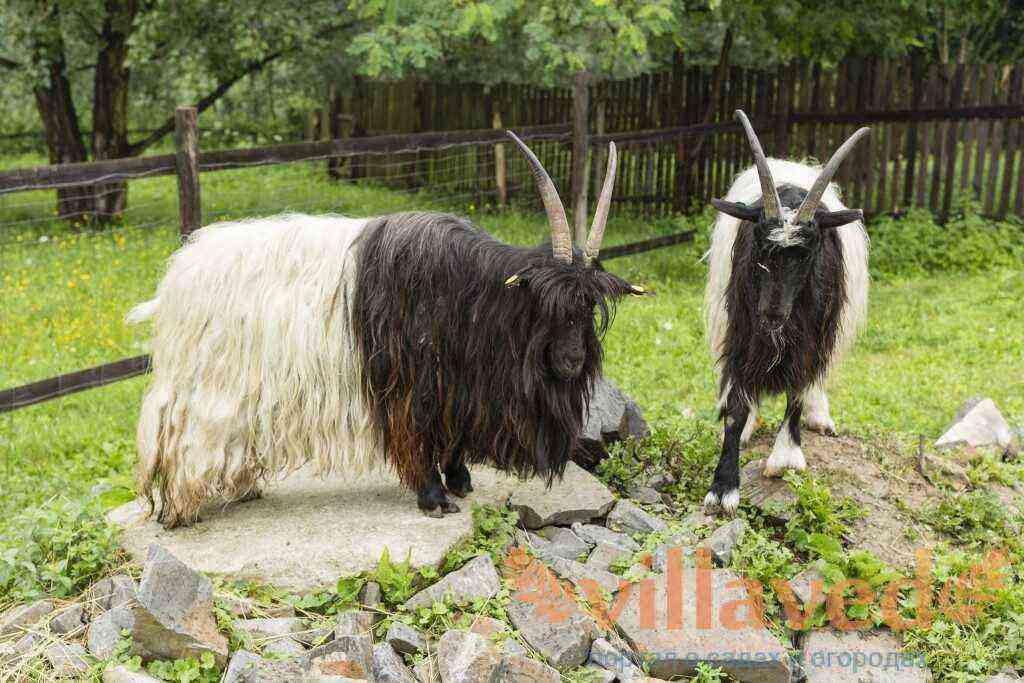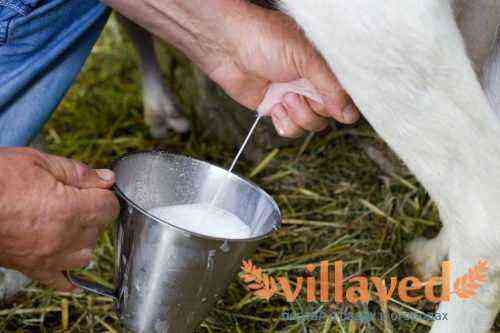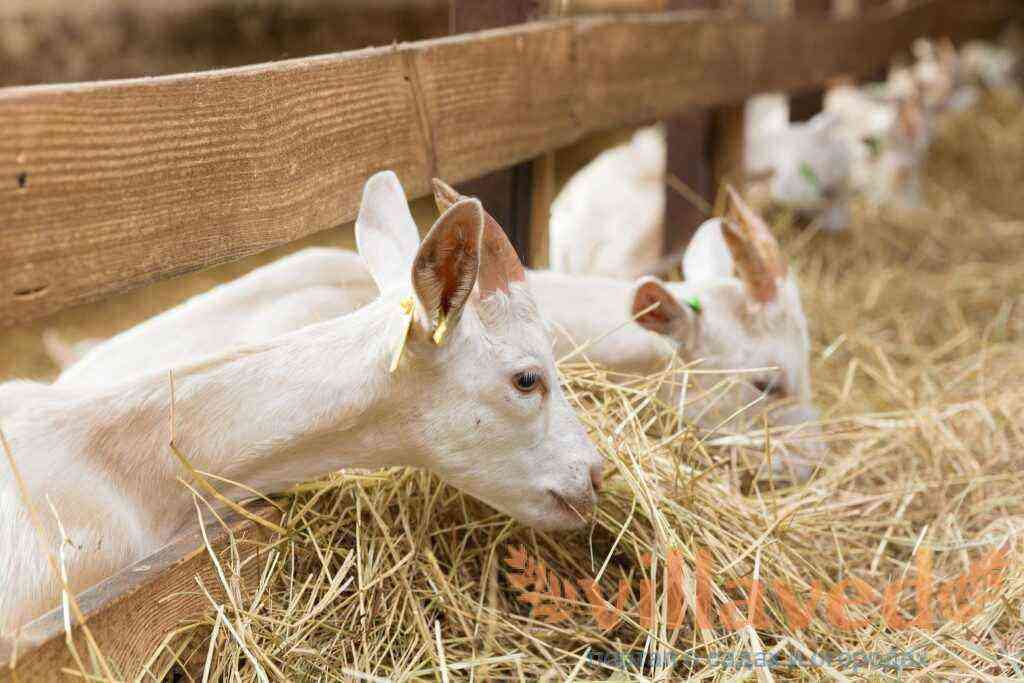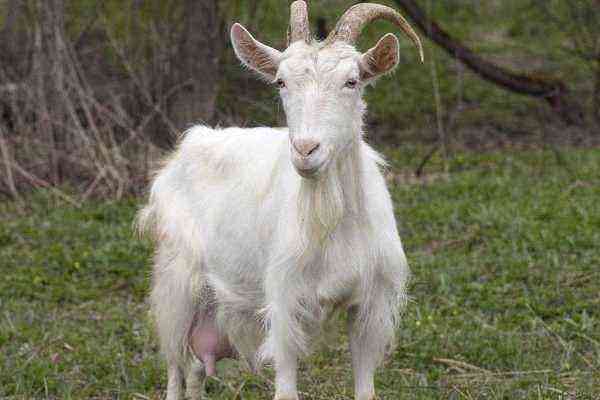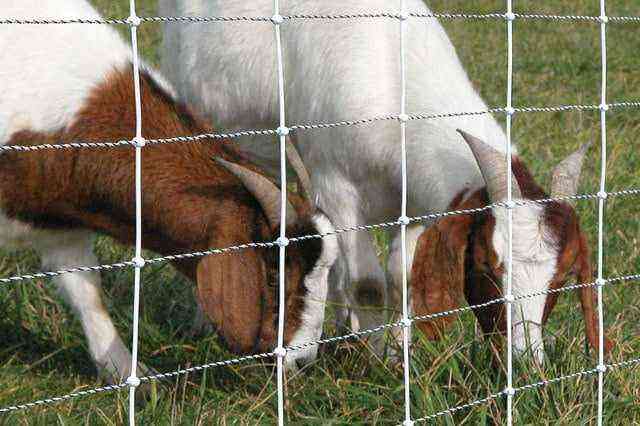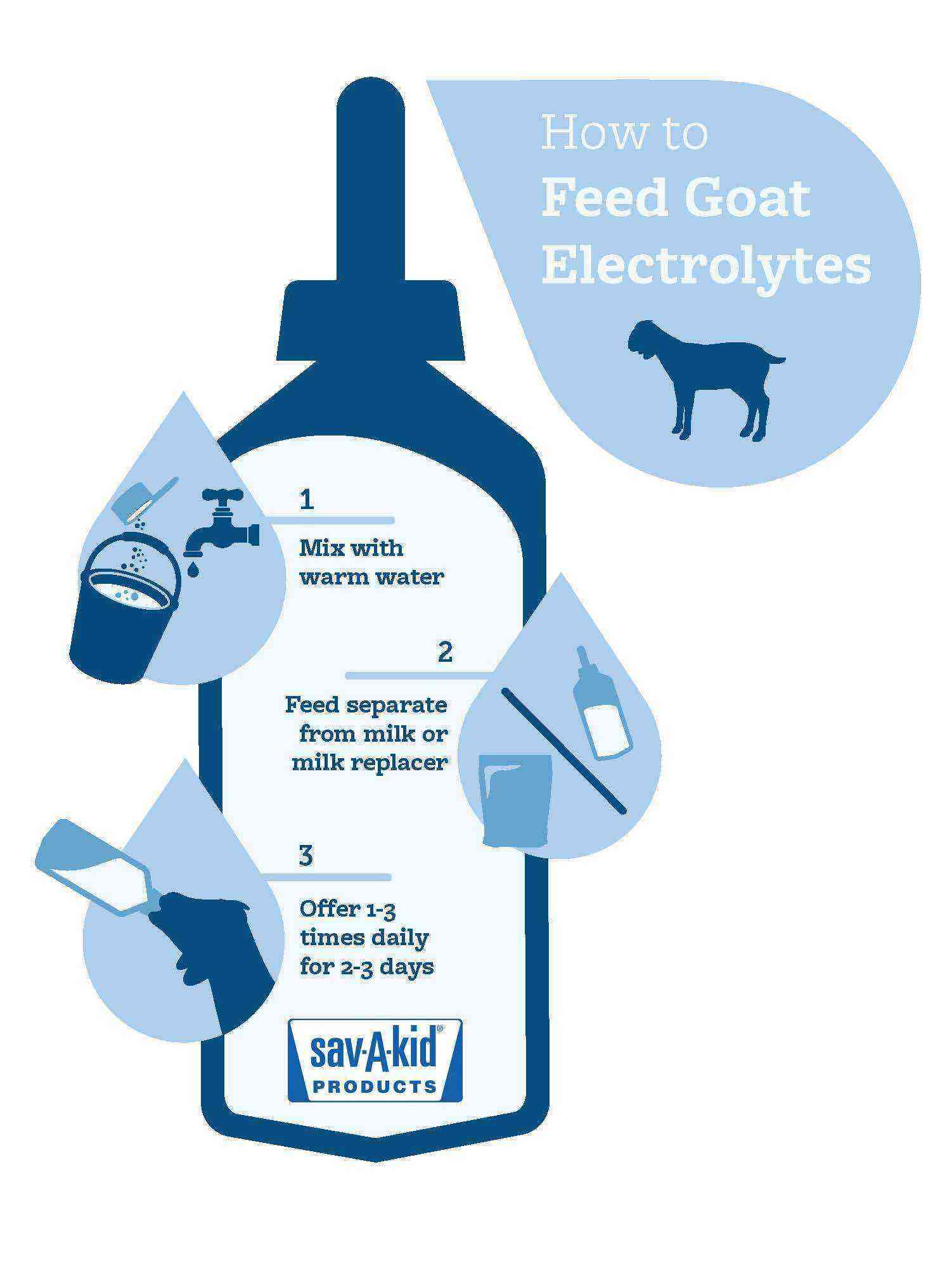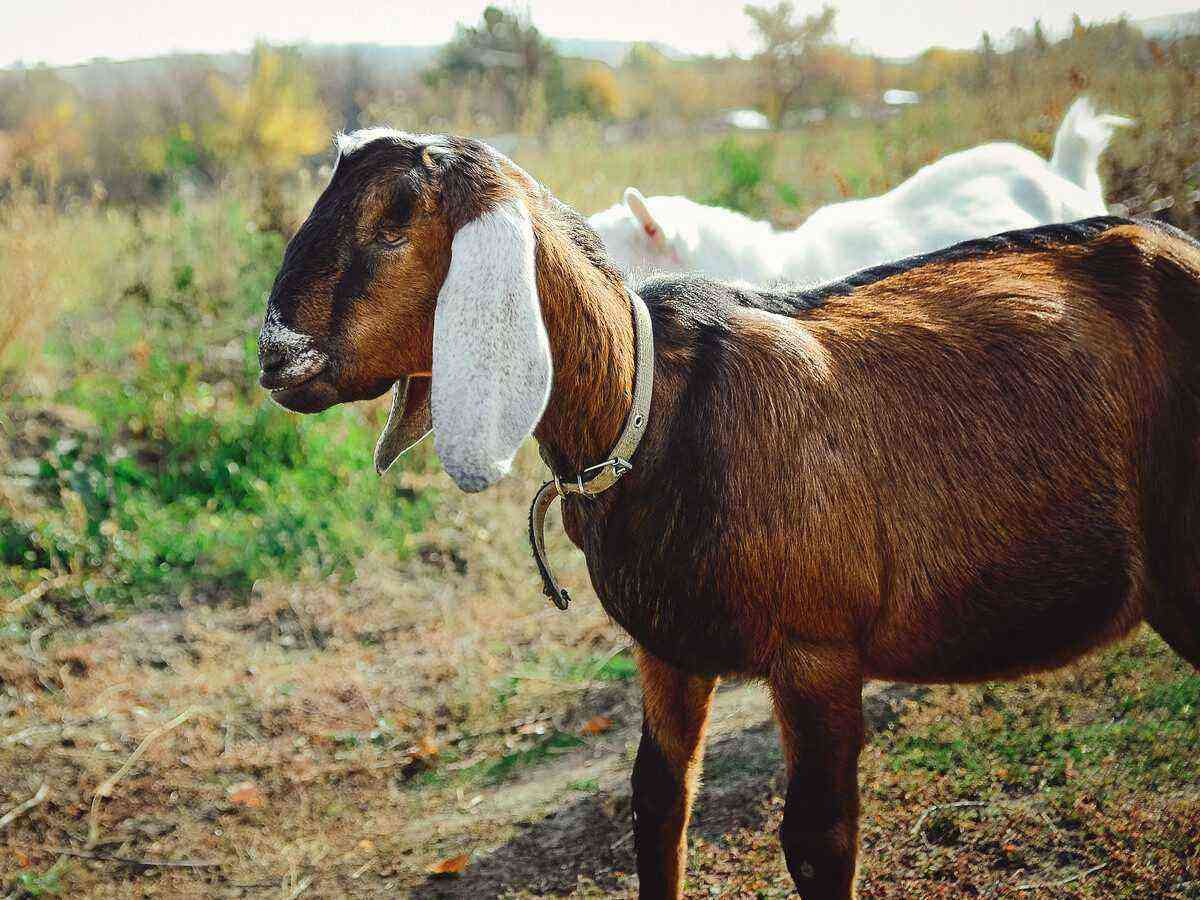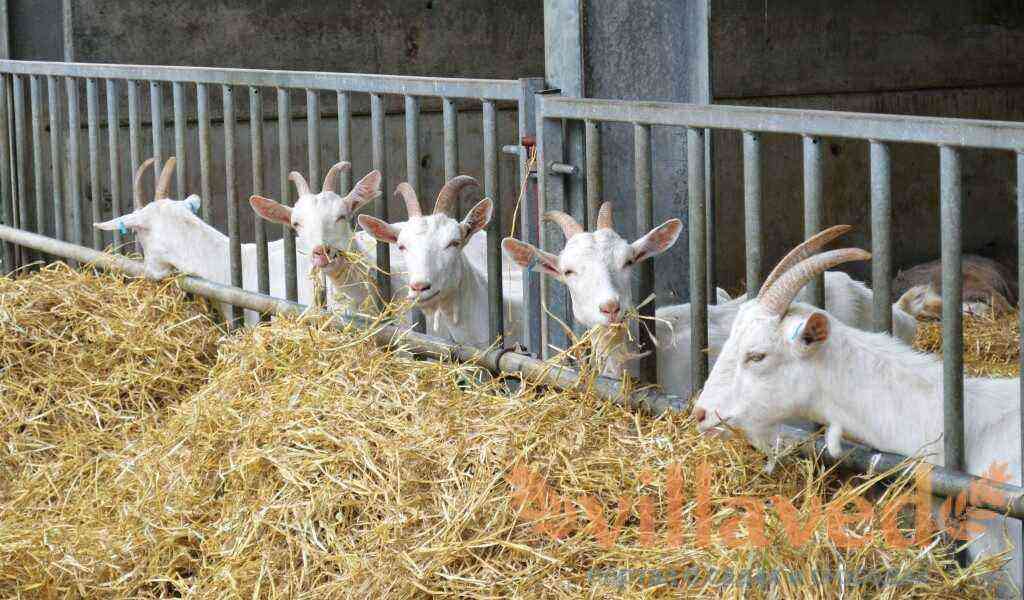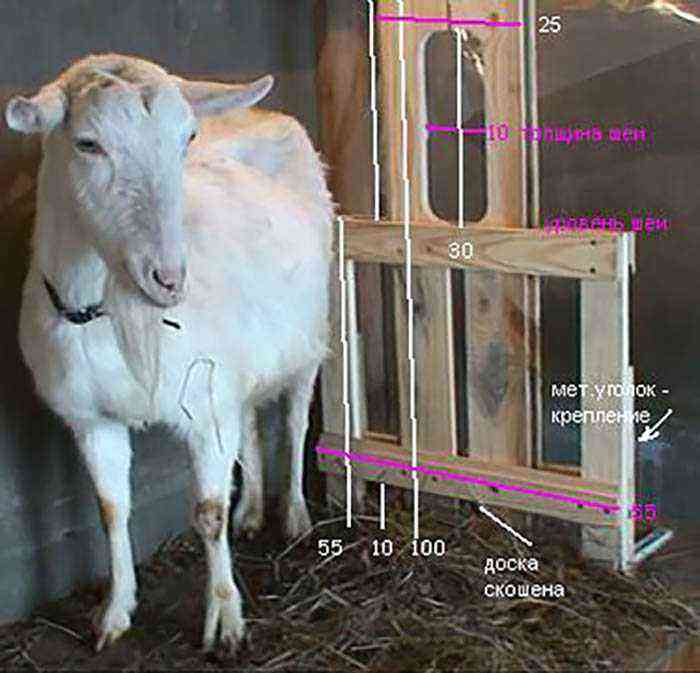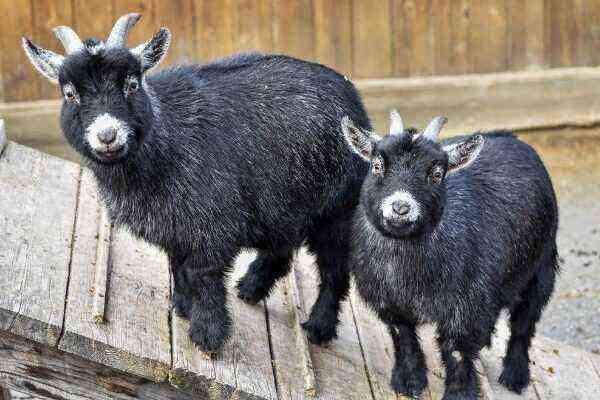Contents:
Breeding goats is a very profitable occupation. These animals can equally be suppliers of wool, meat and milk. There are even decorative varieties of goats that can decorate any household. Of course, breeding goats at home is associated with certain costs for their maintenance and feeding. But, thanks to the high productivity of these amazing animals, any financial investment quickly pays off.
How to choose a breed
Breeding goats is beneficial for any farm. For beginner farmers, this is a great chance to develop their business from scratch. If you are planning to breed animals as a business, then you first need to decide on the breed of goats. In other words, choose the direction in which you will develop your farm.
Currently, domestic goats are divided into four main areas:
- Dairy. This variety includes goats of Swiss breeds, for example, Saanen, Alpine, Toggenburg. Gorky and Russian white breeds can be distinguished. Dairy goats have a long lactation period and are capable of producing five to eight liters of milk per day.
- Meat. These include Spanish, Bur, Kiko. These animals have a large mass and gain weight very quickly. It should be recalled that goat meat is not very valued in our country, so there may be difficulties with the sale of products.
- Woolen. These are angora and cashmere breeds. The wool of these animals is of very high quality, therefore it is highly valued at enterprises.
- Decorative. This is a Nigerian gnome and kinder. For novice farmers, this variety is of no interest; animals can please the breeder only with a presentable appearance.
Usually goat breeding as a business involves obtaining milk. Therefore, if you are just thinking about purchasing breeding animals, opt for dairy goats.
Conditions of detention
Goats tied to a peg and grazing in the sun: this is the picture that can be seen in many villages. This is an example of how not to keep animals. Of course, in the warm season, goats spend most of their time on pastures. But when choosing a place for grazing animals, pay attention to the following nuances: the presence of a watering place and trees, in the shade of which animals can hide from the heat. For winter maintenance, you need to take care of the room.
Goats are generally unpretentious animals. They perfectly adapt to almost any climatic conditions and tolerate winter cold well. Therefore, the requirements for the premises for their maintenance are minimal. At home, this can be an ordinary barn. The main thing is to comply with the following requirements:
- Maintaining the temperature regime. In winter +6, in summer +18 degrees.
- Ventilation. Not a single self-respecting goat, even if it is a super milky breed, will ever give a good milk yield in a damp room with stale and stale air.
- Free space. Goats are active animals, they are almost always in motion. In order for the animals to feel comfortable, at least 4 square meters of space is required for each adult.
Purchase of breeding animals
Having dealt with the conditions of detention, you can start buying animals for your farm. If you are going to breed dairy goats, then pay attention to the following nuances:
- animals must appear healthy. The coat is smooth and does not hang in clumps. A healthy and mature goat should have 32 teeth;
- do not purchase young goats. The highest productivity in dairy goats usually begins after the first lambing. Moreover, it does not make sense to take animals older than seven years, at this age productivity usually declines;
- if possible, try to milk your future acquisition. This will help you to know the nature of the goat;
- the acquisition of a goat at the initial stage of business development is not profitable. It is much more profitable to invite a breeding male directly for mating;
- ask all veterinary certificates and do not forget to find out about vaccinations.
Important! If you are buying an adult, dairy goat for your farm, it is better to take a veterinarian with you. Some breeders are cunning and put up for sale animals with a defect. Consultation of an experienced specialist will help you not to get into an awkward situation when buying.
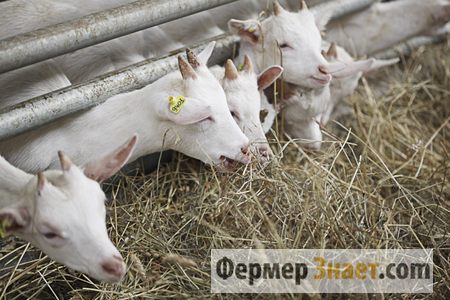
Feeding Features
Given that domestic goats spend most of their time on pasture, their main diet consists of green fodder. Animals feed on grass and tree leaves.
As top dressing, you can use cereals (for example, crushed oats), vegetables and root crops. To increase milk yield, it is recommended to use combined feeds.
In winter, goats willingly eat hay. As a source of vitamins, it is necessary to give animals branches of trees and vegetables.
Do not forget to water the animals on time. Each goat consumes about five liters of water per day. In order for your wards not to have health problems, the daily diet must contain chalk and mineral salt.
Goat breeding and young stock keeping
Goats are very prolific animals. Depending on the breed, each litter can add at least one kid to your herd. These animals are characterized by multiple pregnancy, so two to five babies are usually born.
Puberty of goats occurs as early as six months. But it is recommended to cover them at the age of eight or ten months. The gestation period usually lasts 150 days. Lambing at home usually passes quickly and without complications.
After the appearance of the kids, the farmer has two options for keeping young animals:
- Immediately after the mother licks the kid, he is placed in a separate pen. It is necessary to feed the baby in the first month of life with mother’s milk, but the farmer has to milk the goat and feed the cub. If goat breeding is considered as a business, then this option for keeping young animals looks optimal.
- The kid is kept with his mother. In this case, all the milk will go to rearing the offspring. Accordingly, you will not receive profit in the next two months. But there will be no hassle in keeping and feeding the young. Goats have a well-developed maternal instinct, they are quite capable of taking care of their offspring on their own.
Which option to choose is up to you.
Possible illnesses
No matter how well you take care of your wards, sooner or later you may encounter goat diseases. It makes no sense to describe each disease separately, so we will give the general symptoms of common ailments:
- depression and fever;
- mucous discharge from the nose and diarrhea;
- cough, hot udder, gray gums, swollen eyelids.
If you notice these signs in goats, then you need to urgently call a veterinarian. Do not attempt to treat animals on your own. Only a specialist can make a correct diagnosis and prescribe medications.
As you can see, breeding goats at home, although a responsible occupation, is not too troublesome. Even a novice farmer can keep these amazing animals. Know that many large farms began with the breeding of goats.
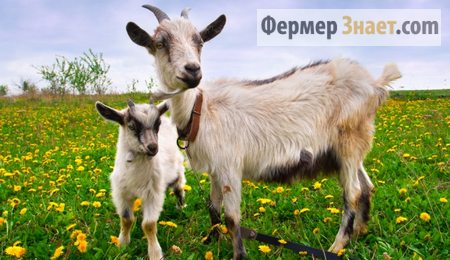
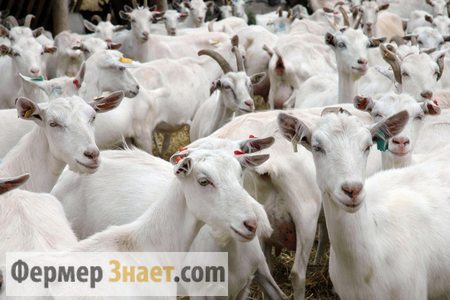
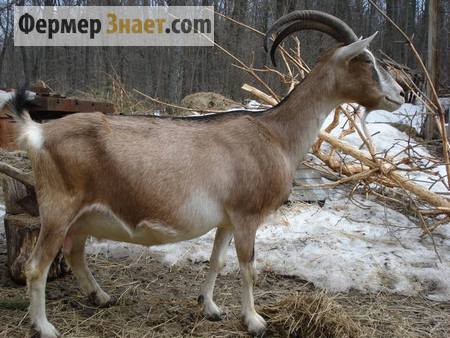
;)
